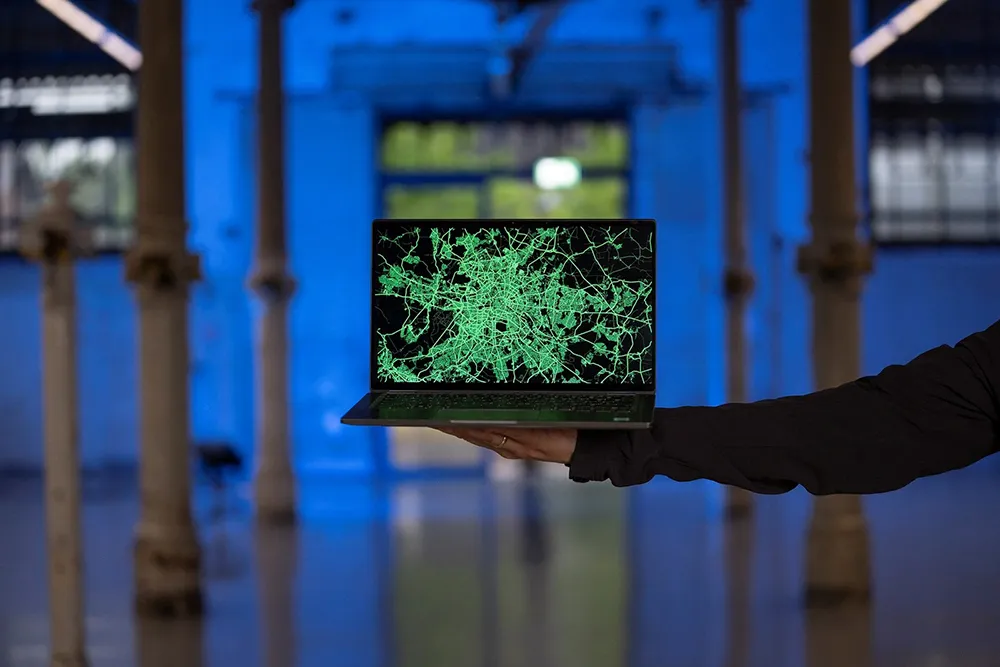The Danish Road Directorate and Daluiso have developed a new type of road sign to make road works and maintenance tasks more efficient. Called 'swap signs', their function is to flap open/shut near road works, spring cleaning or grass cutting by contractors.
July 25, 2012
Read time: 2 mins

The 1845 Danish Road Directorate and Daluiso have developed a new type of road sign to make road works and maintenance tasks more efficient. Called 'swap signs', their function is to flap open/shut near road works, spring cleaning or grass cutting by contractors.
Importantly, the smart thing about these signs is that they are put in place, on the hard shoulder and central reservation, in the small hours when there is least traffic on the roads. They are deployed in neutral mode (grey background) and therefore no information is seen by the road user until work actually gets under way.
When the contractor arrives, the signs are activated by an internet-based system using a laptop. Only signs covering the area actually being worked on need be activated and, as the work progresses along the roadway, these swap signs can be flapped open and closed as need be.
As Daluiso points out, up to an hour of working time can be used by a contractor just setting up conventional signs. With swap signs, contractors can start work as soon as they reach the working area.
Importantly, the smart thing about these signs is that they are put in place, on the hard shoulder and central reservation, in the small hours when there is least traffic on the roads. They are deployed in neutral mode (grey background) and therefore no information is seen by the road user until work actually gets under way.
When the contractor arrives, the signs are activated by an internet-based system using a laptop. Only signs covering the area actually being worked on need be activated and, as the work progresses along the roadway, these swap signs can be flapped open and closed as need be.
As Daluiso points out, up to an hour of working time can be used by a contractor just setting up conventional signs. With swap signs, contractors can start work as soon as they reach the working area.










